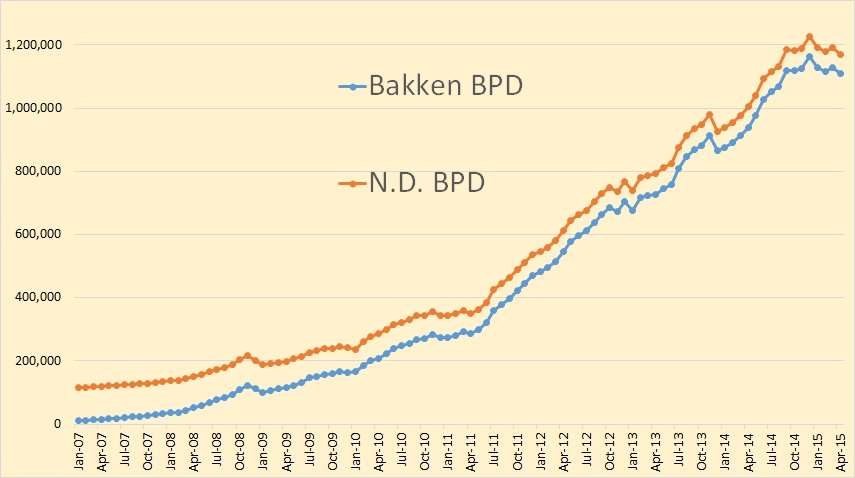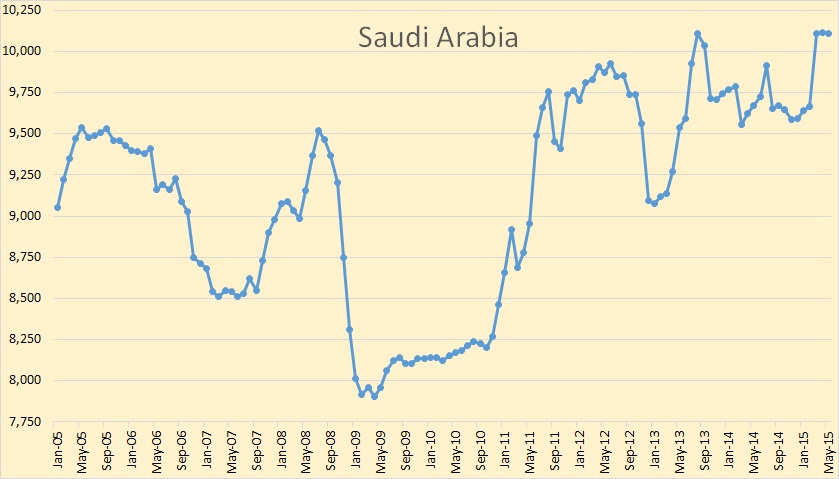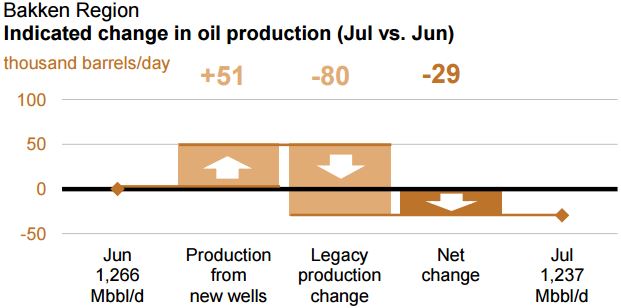This is a guest post by Dennis Coyne.
The views expressed in this post are those of Dennis Coyne and do not necessarily represent those of Ron Patterson.
How much oil can be extracted from known oil resources profitably? This depends on many factors, the price of oil and technological progress in oil extraction methods are the chief factors, but improved knowledge gained through the development wells drilled and the corresponding output and geological data as known reserves are developed is important as well. Oil reserves do not grow, they deplete as the oil is produced. With increasing knowledge, oil price, and improved technology and production methods, the estimate of oil reserves changes over time and on average these estimates tend to increase, this is what we mean by reserve growth.
The United States Energy Information Administration (EIA) has detailed data on proven (1P) reserves and proven discoveries from 1977 to 2013, but Jean Laherrere has taught us that it is proved plus probable (2P) reserves that we should focus on.
Read More






